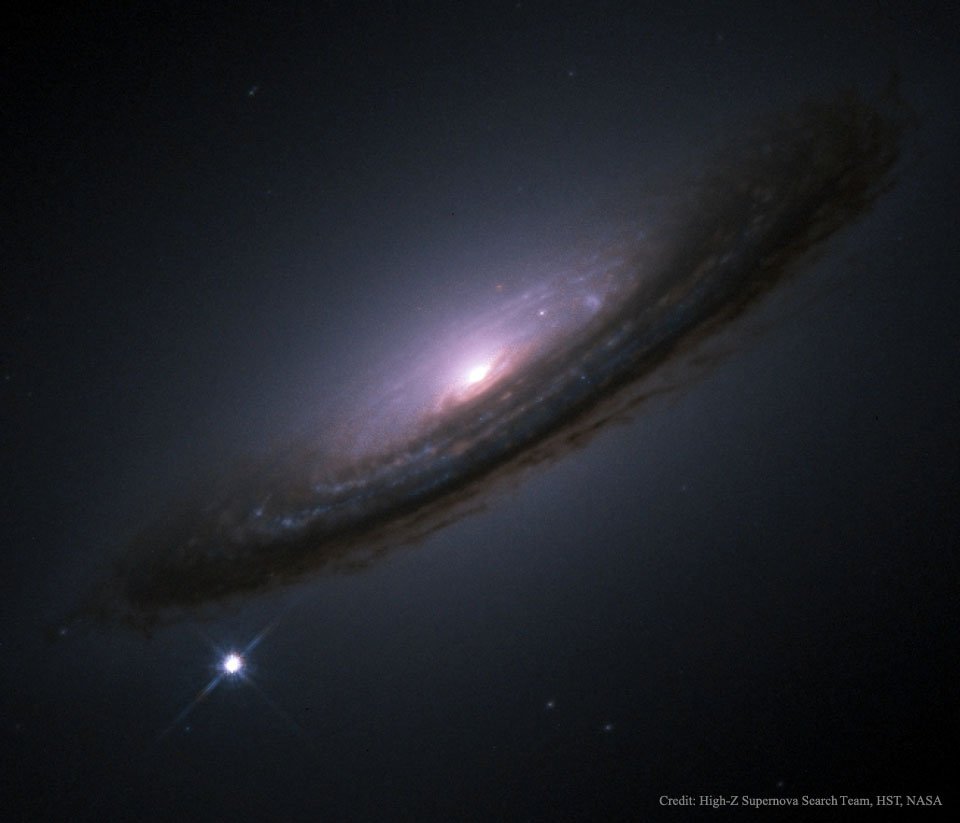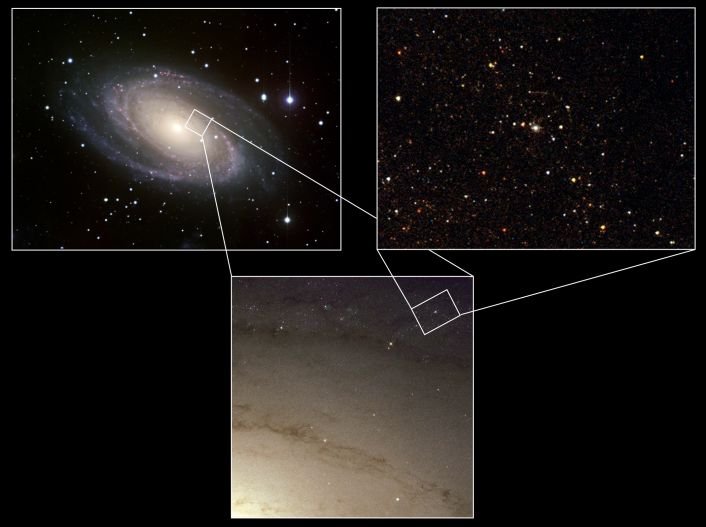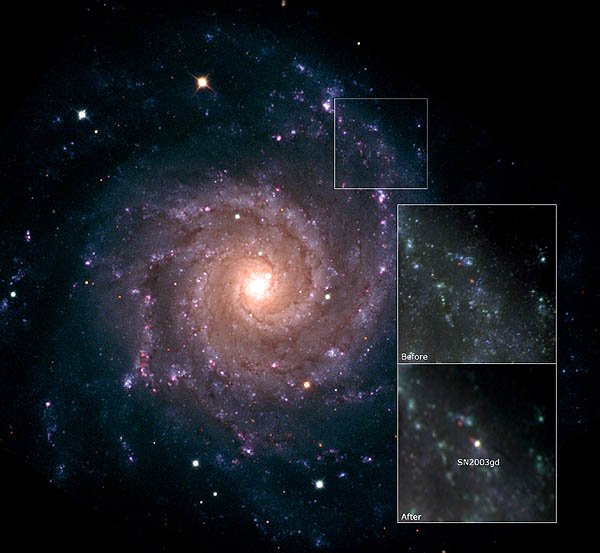First question, what is a supernova? Second question, what is a progenitor?
Well a supernova is a very bright source we see in the sky, a single star almost outshines all the rest of the stars in a galaxy, when galaxies have billions of stars.

Core-collapse supernovae are the deaths of a massive star, more massive than 8 times that of the Sun, when it's formed a core of...
So supernova = exploding stars.
A supernova progenitor is the star that exploded in the supernova. :o)










